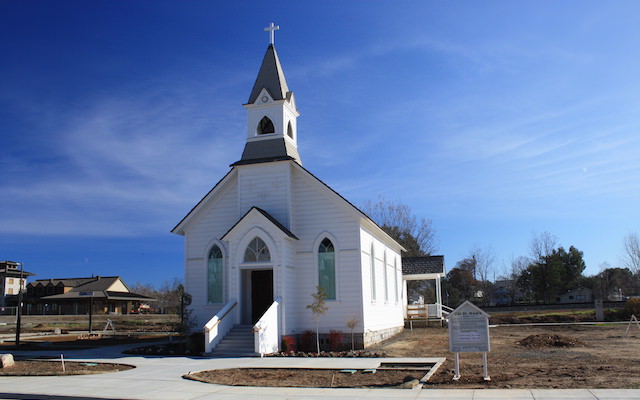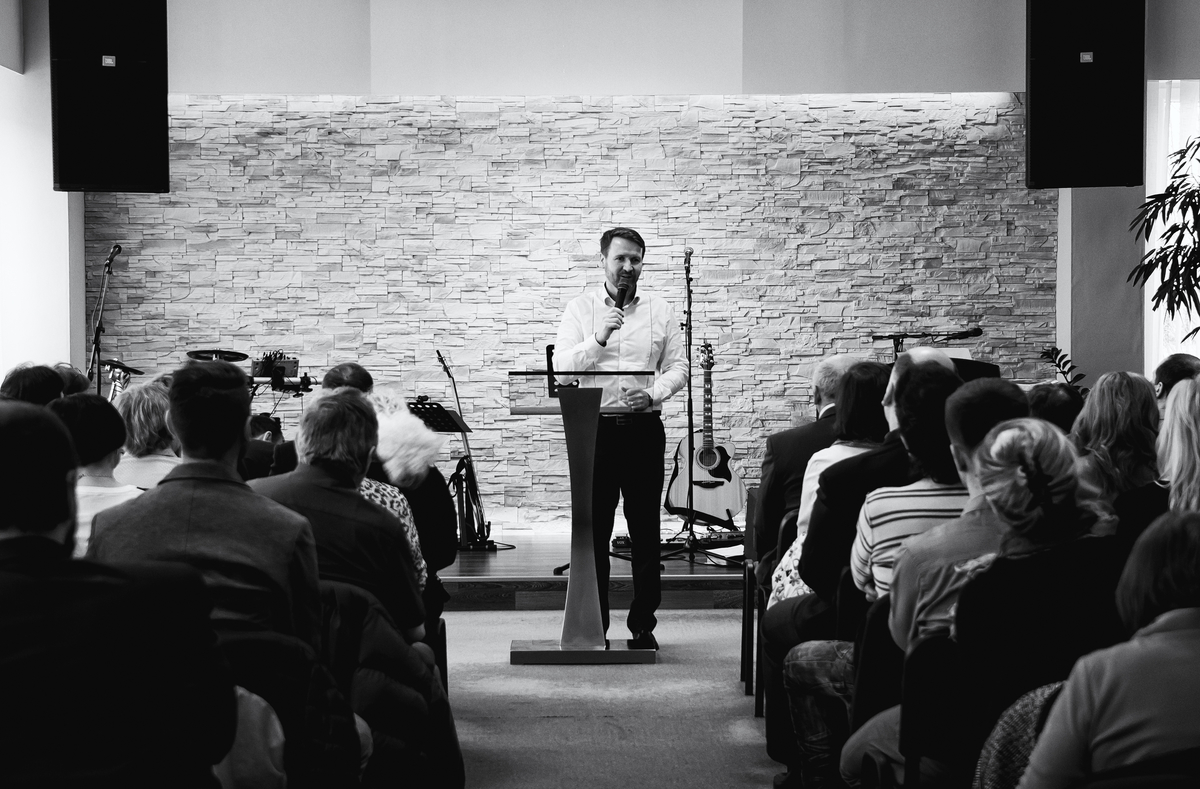I have been in a bunch of these conversations in the last decade.
Friend or Consultant: So what is the purpose of this particular program? It does not seem to fit your mission and strategy.
Ministry leader: It doesn’t really. I mean I can make it sound like it does, but you’re right, it does not. Not really. If we were starting today, I would not have it.
Friend or Consultant: That’s good clarity. It is not easy making changes. Not at all. Do you have a timeline on canceling? What are you thinking?
Ministry leader: Nah. It really does not hurt anything. We will just leave it alone. It is not costing us anything.
It is not costing us anything. Oh, but it is. What is the real cost of complexity in a church? Here are five real costs of church complexity:
1. Program costs
There are costs associated with running a program that falls outside your ministry strategy. Strategic leaders long for resources to be deployed against the mission and strategy.
2. Staff costs
When a staff person is hired to solely run a program, the staff costs are obvious. Less obvious but just as real are the costs associated with every single staff person’s time and energy deployed to run a program that falls outside a ministry strategy. 15% of one person’s time and 5% of another person’s time quickly adds up. Ministry leaders spending people’s generous giving, and deploying resources to manage something outside your ministry strategy is bad stewardship.
3. Time costs
But it is not just the time of staff. Think of the collective time church leaders steward. Church leaders invite people to participate, to connect, and to attend programs and events. It is not just two hours. It is two hours multiplied by all the people connected to that event or program. Could their time be better stewarded for their own sanctification?
A.W. Tozer put this more eloquently than I have:
In an effort to get the work of the Lord done, we often lose contact with the Lord of the work and quite literally wear our people out as well. I have heard more than one pastor boast that his church was a “live” one, pointing to the printed calendar as proof—something on every night and several meetings during the day… A great many of these time-consuming activities are useless and others plain ridiculous. “But,” say the eager beavers, “they provide fellowship and hold our people together.” If the many activities engaged in by the average church led to the salvation of sinners and the perfecting of believers, they would justify themselves easily and triumphantly, but they do not.
4. Attention costs
People are only able to absorb so much information. When people are bombarded with announcements about the less important, they can easily miss the most important. Johann Wolfgang von Goethe famously said, “Things which matter most must never be at the mercy of things which matter least.”
5. Opportunity costs
When energy, resources, and time are invested in something that is non-strategically aligned to the mission, that clearly means the energy, resources, and time are not being invested in what they could have been invested in. Those are known as opportunity costs. An opportunity for something better was forfeited to run something that everyone knows does not fit. That is the real cost of complexity.
Friend or Consultant: Know what I’m saying?
Ministry Leader: Dude.





